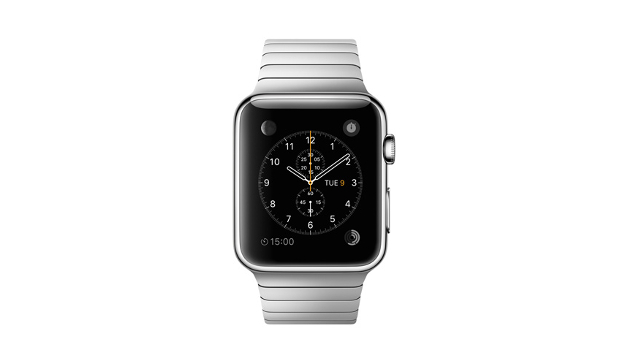Dark tattoos may interfere with the Apple Watch’s ability to capture a person’s heart rate, Apple has confirmed on the device’s product support page.
“Permanent or temporary changes to your skin, such as some tattoos, can also impact heart rate sensor performance. The ink, pattern, and saturation of some tattoos can block light from the sensor, making it difficult to get reliable readings,” Apple said.
Some watch functions require direct contact with the skin to work. If the device can’t detect a pulse, it assumes it isn’t being worn, shutting downs apps and requiring people to enter their passcode. Turning off the wrist-detection function solves the issue, but prevents people from using Apple Pay.
Reports emerged this week that people with dark wrist tattoos were experiencing problems with their Apple Watches. One watch owner with a tattoo on his left wrist said the device would lock, preventing him from receiving notifications. He initially thought the device’s sensors were defective.
But when he placed the watch on his hand, which isn’t tattooed, he was able to get text notifications.
Green LED lights and photodiode sensors on the back of the watch measure the amount of blood flowing through a person’s wrist, using a technology called photoplethysmography, according to the support page. Blood absorbs green light, and by flashing the LED lights, the watch can measure blood flow and then calculate a person’s heart rate. When the watch is unable to get a read, it increases LED brightness and sampling rates, Apple said.
Apple reminded people that Bluetooth-equipped external heart rate monitors, like chest straps, can be connected to the watch to obtain vital readings.
Apple didn’t immediately reply to a request for further comment.
IDG News Service





Subscribers 0
Fans 0
Followers 0
Followers